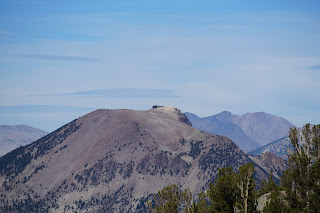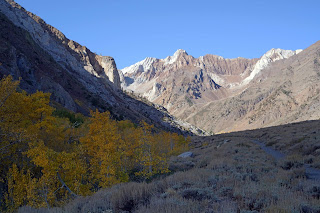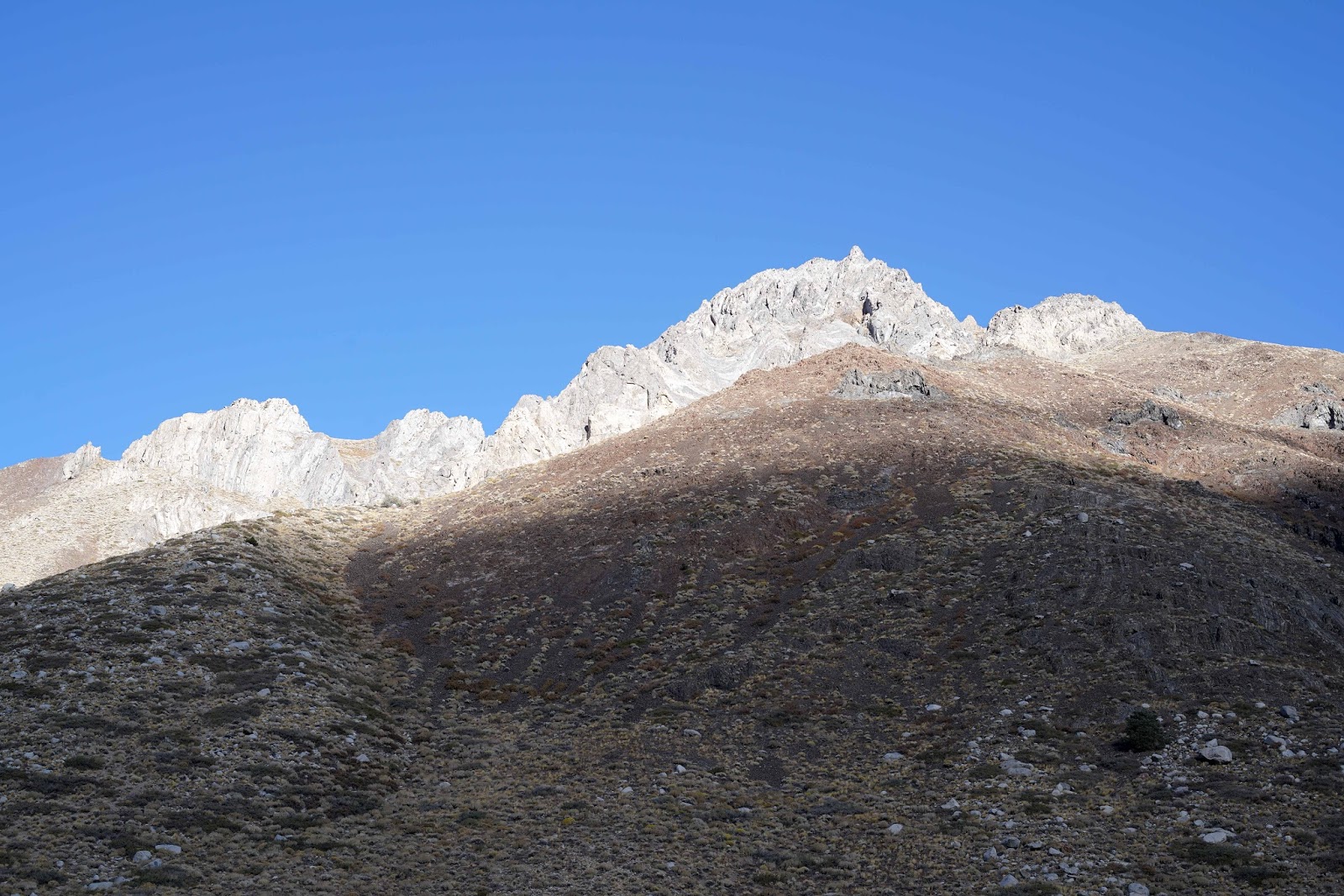Dale Matson
Click On Photographs To Enlarge
I bought the lens for hiking and backpacking in the
mountains as primarily a wildlife lens. The compactness and weight, at less
than 2 pounds makes it quite portable. I carry it on my web belt in a Digital
Holster 2.0, which expands to accommodate this larger lens. I sewed the Velcro
strip that holds the belt loop closed so that it would not accidentally detach
when hiking off trail.
I gave the lens an initial trial in my back yard and found the
autofocus, to be dependable and the images sharp. I think the combination of
the A7R2 IBIS and OSS of the lens made for crisp hand held images. I was even
impressed with how it rendered color. Since that time, I have had the lens in
the mountains and been impressed with the performance with landscape and
wildlife. Sony advertises this lens as dust and moisture resistant.
70mm
200mm
300mm (Bokeh seems good to me)
300mm
Until Sony has an e-mount lens with a longer reach, this
will be my backpacking wildlife telephoto lens. I would really love a sharp
400mm f/4 and 1.4-teleconverter combination. The images you see came straight
from the camera. At about $1,200.00 dollars, I think this is a good lens and
provides more dependable sharp images than my former Sony SAL G 70-200 f4. Additionally,
I did not find the speed of the auto focus to be a limiting factor in any of my
shots.
All of these Photographs were taken in the Eastern Sierra Nevada Mountains.
Tenaya Lake 70mm
Duck Pass 50mm Loxia For Comparison With Shot Below
Duck Pass Top Of Mammoth Mountain 300mm
300MM Banner Peak and Mt. Ritter From Duck Pass
Minarets At Sunrise 150mm
Mt. Baldwin Center 118mm
Ram And Ewe On Shoulder Of White Mountain Peak 300mm
White Mountain Peak 3rd Highest California Mountain 75mm
Lundy Lake 70mm
I don’t think this is a one-size fits all lens for mountain
landscape shots. This is my only zoom lens and I was pleasantly surprised at
the results.




























































